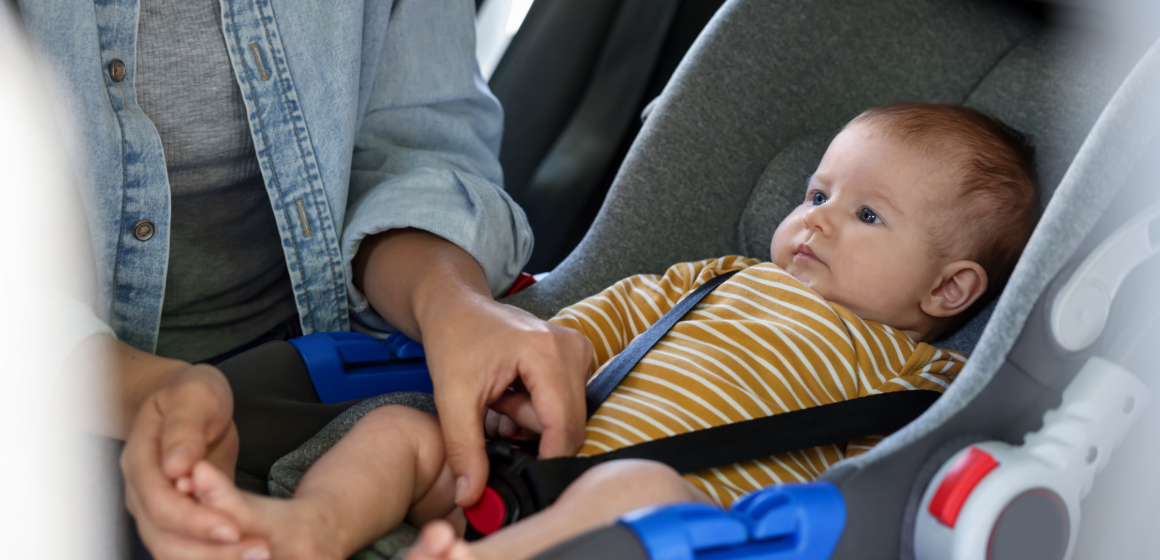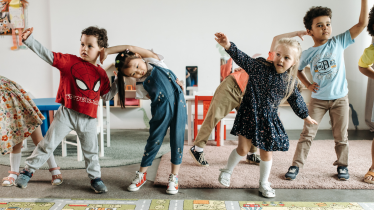Traveling with a newborn or infant can feel overwhelming at any time of year, but winter in Buffalo and Western New York brings its own challenges. From icy roads to freezing temperatures, parents must take extra precautions to keep their little ones safe, warm, and healthy. The good news is that with preparation and guidance from trusted pediatric sources, winter travel can be both safe and manageable.
Car Seat Safety Comes First
The American Academy of Pediatrics (AAP) emphasizes that the safest way for infants and young children to travel is in a properly installed, rear-facing car seat. This position provides the best protection for the head, neck, and spine in the event of a crash.
Parents should:
- Always install the car seat according to the manufacturer’s instructions and vehicle manual.
- Have the installation checked at a certified car seat inspection site if possible (Buffalo and Erie County offer programs through local fire departments and hospitals).
- Keep children rear-facing until at least age 2, and longer if the car seat allows.
A common winter mistake is buckling babies into car seats while wearing bulky coats or snowsuits. This creates dangerous gaps in the harness. Instead, dress your baby in thin layers, buckle them snugly, and place a blanket or car seat cover over the straps for warmth.
Dressing for Warmth Without Overheating
Buffalo winters are cold, but overdressing infants can be risky. The AAP’s winter safety guidelines recommend dressing babies in one more layer than an adult would wear in the same conditions. A hat, mittens, and warm socks or booties help protect against the cold.
For car travel, focus on breathable layers and add blankets once your baby is secured in the seat. For outdoor walks, use stroller bunting or weather shields to block wind and snow.
Protecting Against Winter Illnesses
Cold and flu season peaks in Western New York just as parents are bundling up their newborns. To reduce risks:
- Keep babies away from crowded indoor spaces when possible.
- Ask friends and relatives to wash hands before touching the baby.
- Stay up to date on vaccinations, including flu and whooping cough protection for caregivers.
- Use a humidifier at home to ease dry winter air and protect babies’ skin and nasal passages.
Tips for Road Travel
Winter driving in Buffalo often means snow, ice, and unpredictable conditions. When traveling with a baby:
- Allow extra time to drive slowly and safely.
- Keep an emergency kit in the car with diapers, formula or breast milk, blankets, and extra clothing.
- Check road conditions before leaving, and avoid unnecessary trips during storms.
- Never leave a baby unattended in a car, even for a moment.
Flying with a Baby in Winter
If you’re traveling by plane, keep in mind:
- Babies under 2 years old should travel in an FAA-approved car seat on the plane, not on a lap.
- Dress your baby in comfortable layers for changing cabin temperatures.
- Offer breast milk, formula, or a pacifier during takeoff and landing to ease ear pressure.
- Wash hands often and wipe down high-touch surfaces to reduce exposure to germs.
When to Call Your Pediatrician
Reach out to your pediatrician if your baby shows signs of illness during or after travel, including fever, difficulty breathing, or unusual fussiness. Infants under 3 months with any fever should always be evaluated promptly.
The Bottom Line
Traveling with a baby in Buffalo’s winter requires planning, but it doesn’t have to be stressful. Car seat safety, smart layering, illness prevention, and awareness of weather conditions go a long way in keeping your little one safe and comfortable.
For more resources, explore the AAP’s travel and safety guidelines or connect with Medical Health Associates of WNY for personalized advice from pediatricians who understand the challenges of raising children in Western New York winters.
Because safe, healthy travel isn’t about the distance you go—it’s about how well you prepare for the journey.












